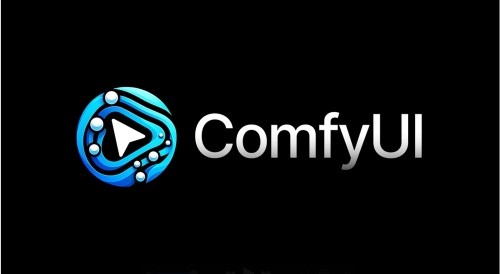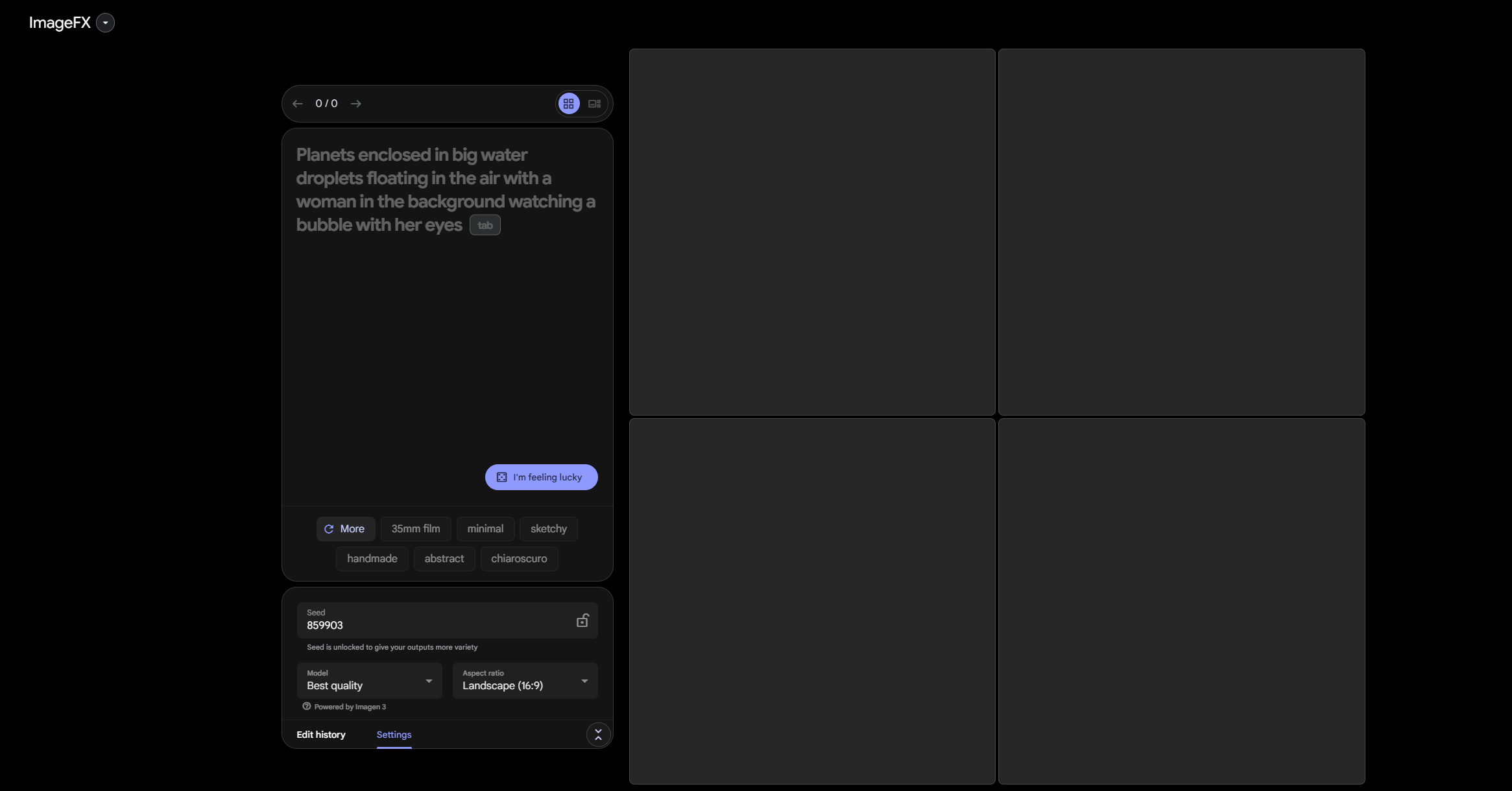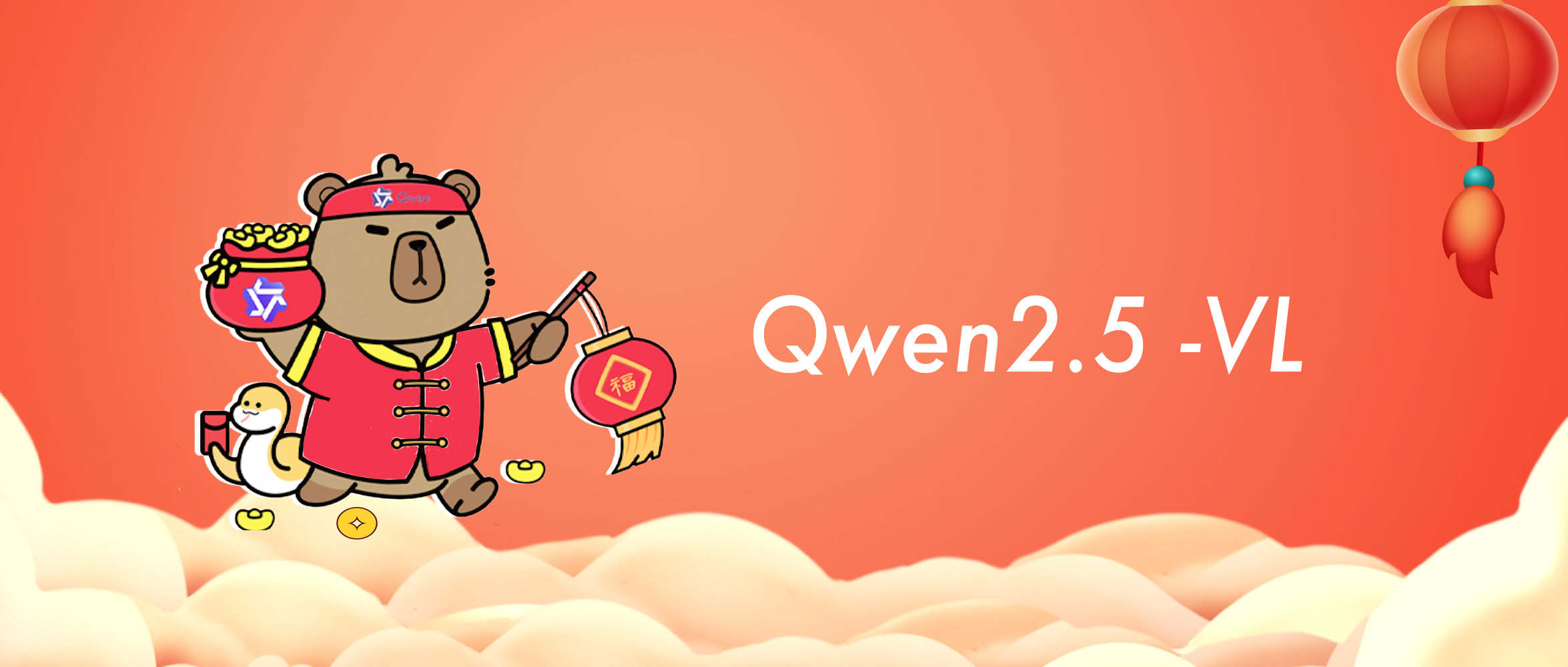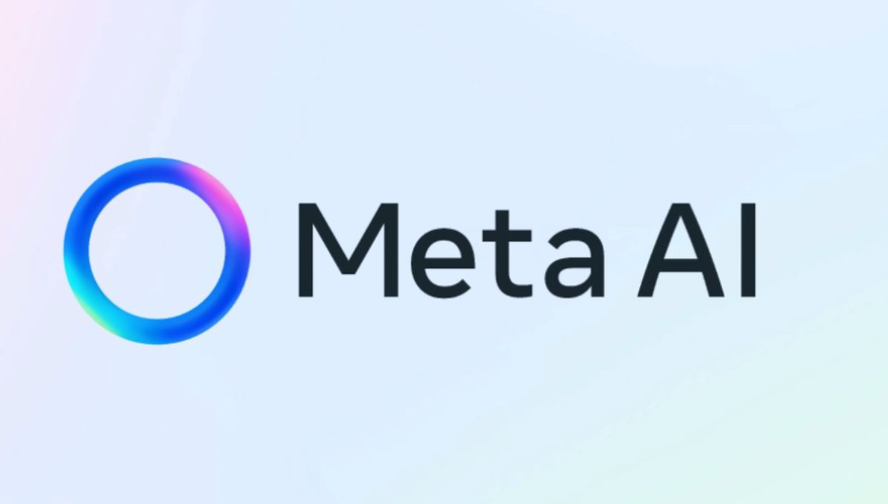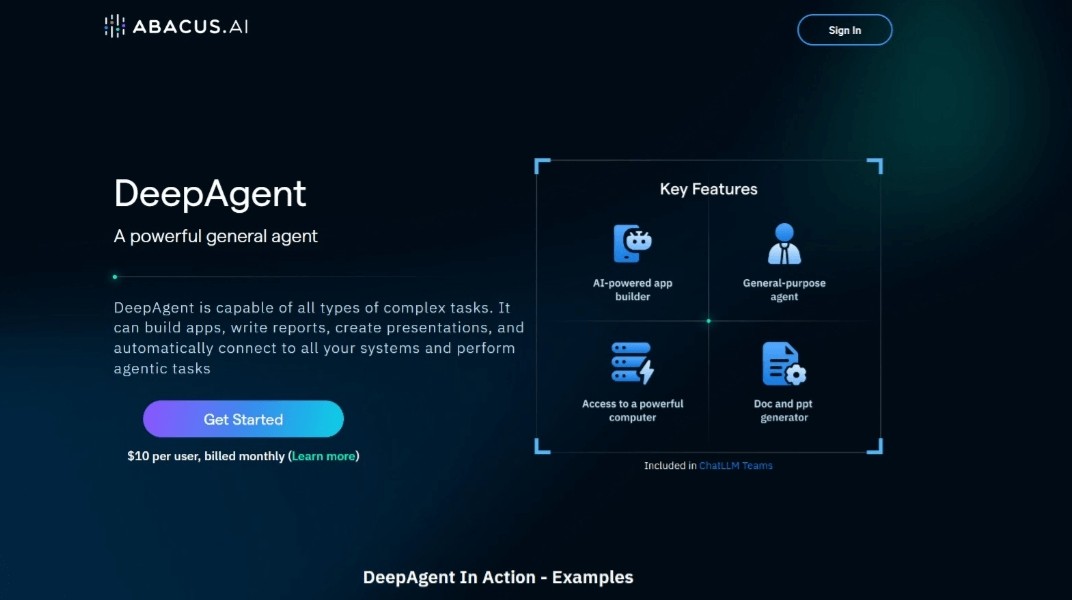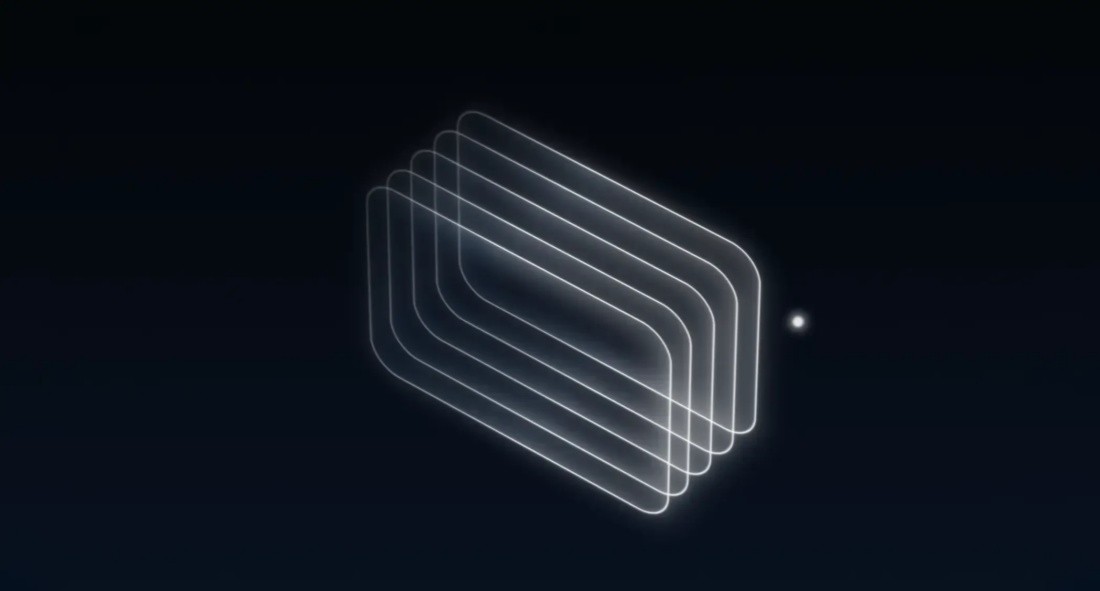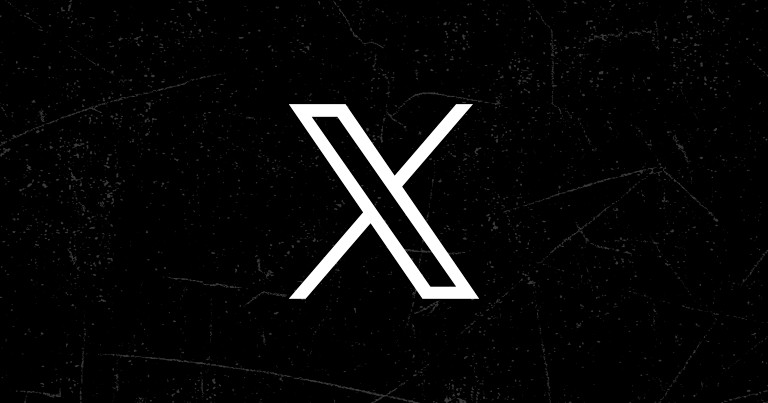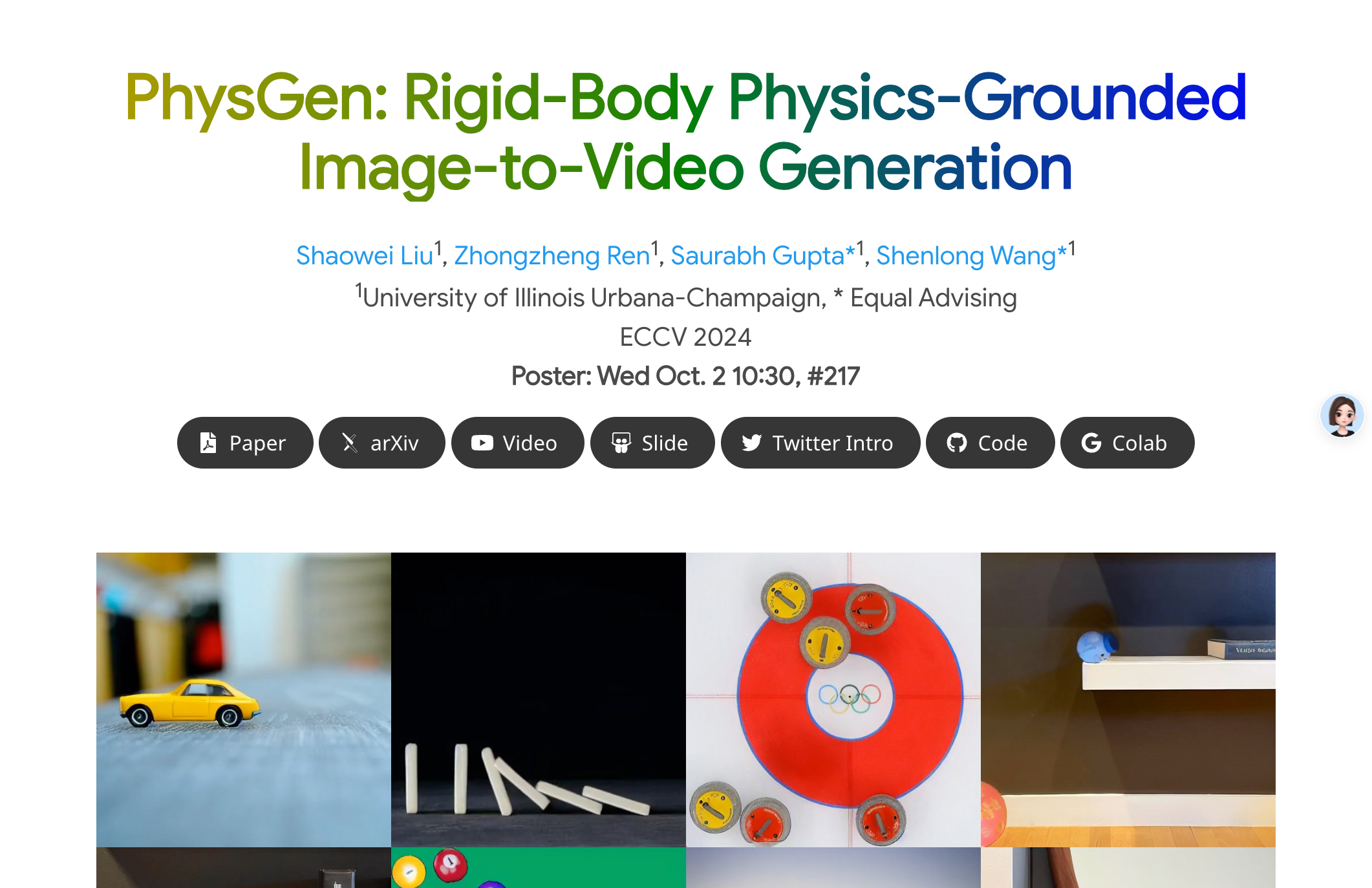
PhysGen is an innovative image-to-video generation method that converts single images and input conditions (e.g., forces and torques exerted on objects in the image) into realistic, physically plausible, and temporally coherent videos. The technology enables dynamic simulation in image space by combining model-based physical simulation with a data-driven video generation process. Key benefits of PhysGen include that the generated videos appear physically and visually realistic and can be precisely controlled, demonstrating its superiority over existing data-driven image-to-video generation efforts through quantitative comparisons and comprehensive user studies.
Demand group:
"The target audience includes animators, video editors, game developers and any professional who needs to convert static images into dynamic video content. The realistic physics simulation and precise control provided by PhysGen make it ideal for these professionals, Because it increases their productivity and creates high-quality visual content."
Example of usage scenario:
Animators use PhysGen to convert concept art into animated trailers.
Game developers use PhysGen to generate realistic physical interaction animations for game characters.
Video editors use PhysGen to add dynamic effects to static scenes to enhance visual impact.
Product features:
Image understanding module: Effectively captures the geometric shape, material and physical parameters of images.
Image Space Dynamics Simulation Model: Use rigid body physics and inferred parameters to simulate realistic behavior.
Image-based rendering and refinement module: Generate realistic video clips with simulated motion using generative video diffusion technology.
Realistic Physics and Appearance: The generated videos appear realistic in both physics and appearance.
Precise control: Users have precise control over the resulting video.
Quantitative comparisons and user studies: Demonstrate superiority through quantitative comparisons and user studies.
Various downstream applications: for example, converting images into realistic animations or allowing users to interact with images to create various dynamics.
Usage tutorial:
Visit the PhysGen website.
Upload a static image.
Select an input condition, such as applying a force or torque to an object in the picture.
Watch how PhysGen converts static images into dynamic videos.
Adjust parameters to get ideal dynamics.
Download or share the resulting video.
